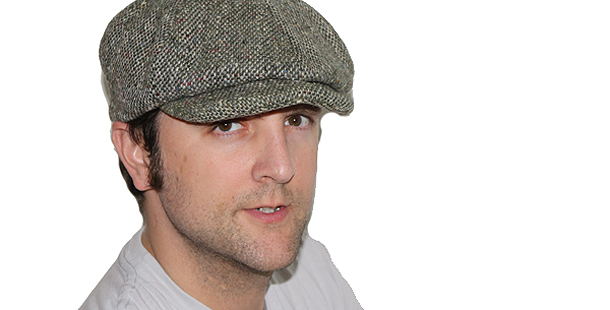When you think horror, you might think of a machete-wielding madman from Camp Crystal Lake, not an aberration of the norm in sleepy midtown Toronto.
But you would be forgetting about scream queen Jamie Lee Curtis fleeing Michael Myers in quiet Haddonfield, Ill. or the gothic, neck-of-the-woods vampire habitat in the original Fright Night.
No matter if you live in an arts-and-crafts number seen in a Stephen King adaptation or a Cape Cod inspired cottage, horror can happen anywhere.
If you ask Paul Corupe, co-curator of the Black Museum, he’ll tell you that’s just the way it is.
“You can have this idyllic thing — and horror is everything in your idyllic life that goes off the rails,” Corupe says. “The film is the process of getting back on the rails. “It’s chaos out of the calm. Stepford Wives, yes, but also something like Blue Velvet is very much like that. Living in a quiet, suburban neighbourhood and having the ultimate neighbour from hell — and finding ears in the lawn.”
Sitting in the Dark Horse Cafe, in the heart of the industrial-steeped fashion district, Corupe shares his thoughts on the upswing in horror popularity in the city.
“I think there’s a traditional horror crowd, and there’s also a group of people who appreciate horror films that aren’t dressing in black hoodies every day — certainly not me,” he says.
That’s obvious, because Corupe is wearing anything but black; his blond, close-cropped hair is kept neat and he’s bespectacled in Leonard Hofstadter specials.
Toronto has taken up the mantle as Canada’s hive of horror.
“I wouldn’t have said it 15 years ago, but in the last 10 or so, it’s really seemed to ramp up in terms of screenings, publications, people in general,” he says, referencing the film screenings and publications that now call Hogtown home. “After Rue Morgue started 15 years ago, it kind of just snow-balled.
“The editor-in-chief of Fangoria lives just outside of Toronto, TIFF midnight madness has exploded to unprecedented levels (and) Toronto After Dark has been around eight years.”
The Black Museum takes a more cerebral approach to the genre of horror, pop culture or not. Corupe and co-curator Andrea Subissati bring in like-minded folks to explain what it is that we find so horrific in modern life.
For those snobbish CanLit types who believe the genre gives a black eye to novel writing, nuts to you. If ever there was a vehicle to drive social criticism home, it would be horror.
It extrapolates on the fears of the time, whether they be the effects of nuclear radiation in films like Them! or Prophecy, or things that go bump in the night, like The Conjuring or the Paranormal Activity franchise.
Canadians are no strangers to exploiting what scares us, offering up such film fare as the original Black Christmas, the original My Bloody Valentine and The Brood.
“There’s definitely things in Canadian horror that draws from our own history and is very identifiably Canadian,” Corupe says, pointing to the sordid tale of the MKULTRA experiments during the 1960s and ’70s in Montreal, done to wipe people’s minds with shock treatment and LSD.
“This event in shock therapy has become a major theme in Canadian horror films,” he says. “Basically, it’s a medical fear, but it’s a fear of giving yourself over to a doctor and you don’t necessarily know what he is doing.”
Ah, the fear of being a guinea pig is common among the masses who live off hockey, beer and maple syrup.
Perhaps not a Canadian horror film, but shot on site at Northern SS in midtown is the remake of King’s first novel, Carrie. I may never look at the collegiate gothic-styled arches the same way if I go see the Kimberly Peirce-directed revamp.
A word of advice though: steer clear of the prom queen shambling down Mount Pleasant Road soaked in pig’s blood.

